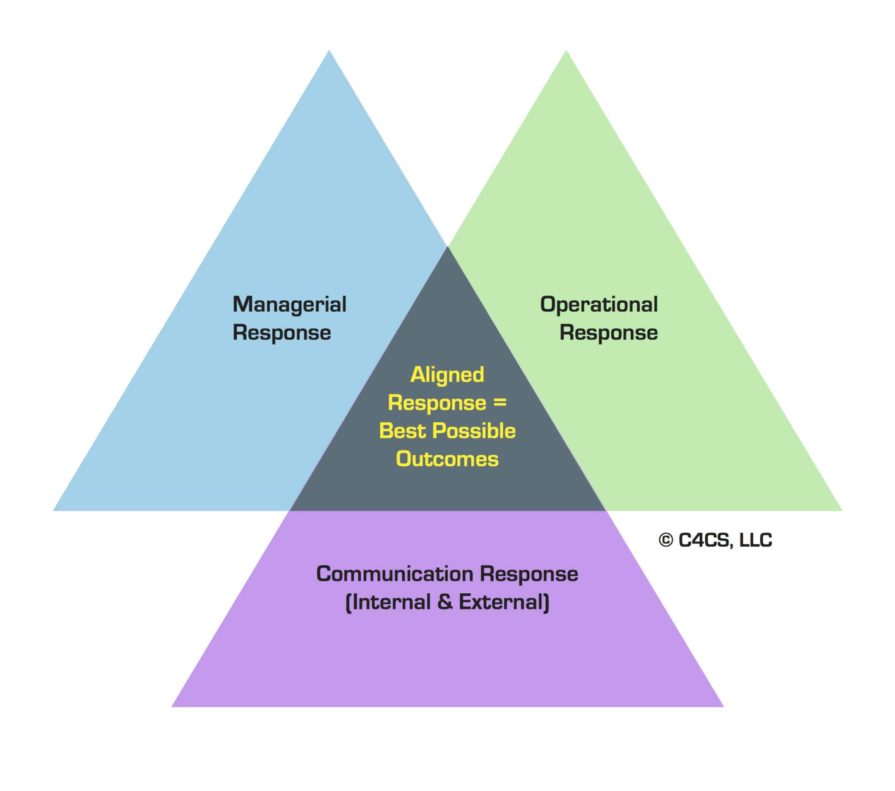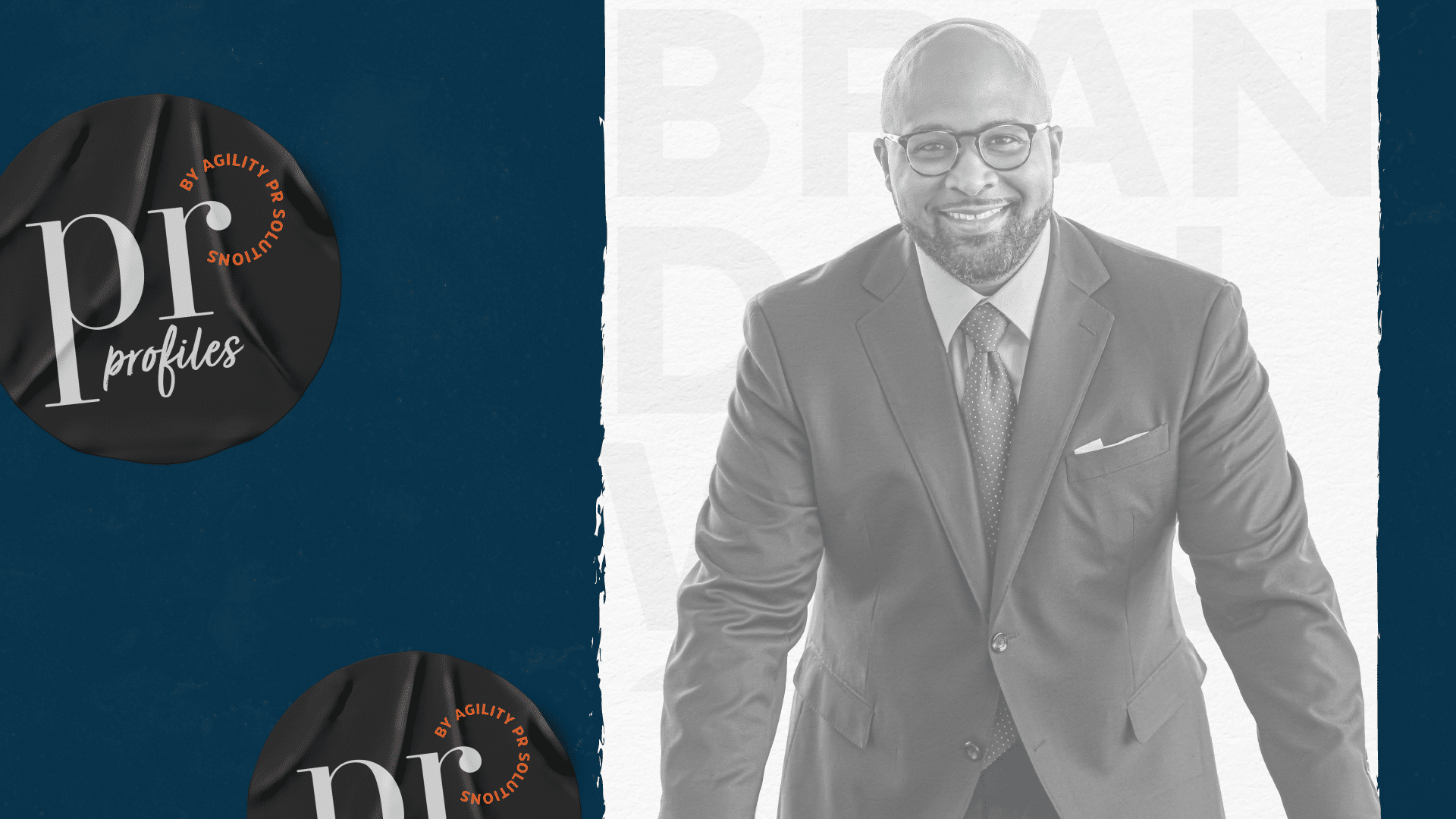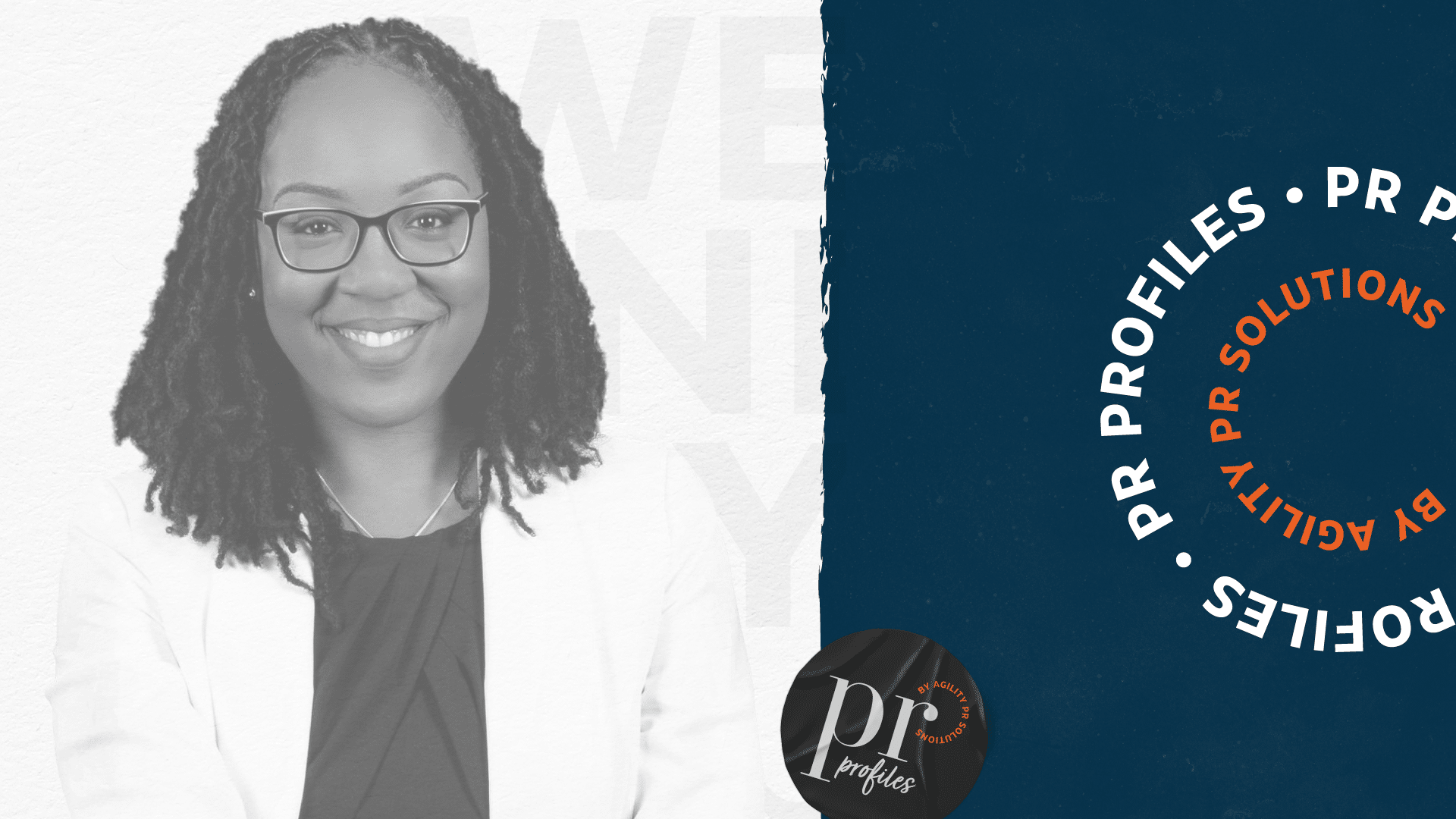We have seen ample evidence as to why you should unite your PR and marketing goals, but relationships should be formed and nurtured across other departments, such as HR. Combining the efforts of PR and HR will bolster your company’s standing in the community, provide more consistent messaging, attract fresh talent, and promote employee retention, which could lead to lower operational costs.
Public Relations
Agility PR Solutions defines public relations as, “The strategic management of relationships between an organization and its diverse publics, through the use of communication, to achieve mutual understanding, realize organizational goals, and serve the public interest.”
PR is essential in managing the company’s relationship with its audience and stakeholders. PR professionals create and maintain a positive image by leveraging media relations, engaging with their audience on social media, and responding actively and appropriately in a crisis. PR establishes trust and credibility with the public, which can lead to increased brand awareness, customer loyalty, and business success.
Human Resources
Popular employment website, Indeed, defines human resources as, “The department in a workplace that focuses on a company’s most important asset—its employees. HR ensures that they’re satisfied, engaged and have all the resources they require to perform as expected. HR is the department responsible for maintaining a company’s personnel, employee relations and workplace culture, and keeping abreast of HR technology trends. This team manages recruiting, hiring, firing, training, skills development, policy implementation, benefits, payroll, government regulation, legal compliance and safety and often moderates and helps resolve conflicts and concerns between employees.”
Overlaps between PR and HR
Employer branding
Employer branding is one of the main overlaps of PR and HR, involving the messaging that promotes the company’s culture, defining values, mission statement, and reputation as a top tier employer. These statements aim to communicate the company’s values to their audience and to intrigue professionals who are best suited for the company. These professionals hopefully feel that the culture meets their needs and values.
Hiring an employee that increases the value of the company is one major goal of HR. With guidance from PR, HR can use powerful messaging to attract professionals who are excited by the prospect of a career at a company.
In a recent interview on the PR Profiles Podcast, Amy Forsythe, Public Affairs Officer at the U.S. Navy Reserve, and author of Heroes Live Here says about PR and HR:
“PR, or public affairs, as we call it in the military and HR, go hand in hand because recruiters can’t attract top talent if we’re not telling stories of pride, patriotism, and service to our country. In the navy and the military we have a lot of outstanding content creators, people who are proud to serve and share their stories daily.”
According to a Bulldog Reporter article by Wesley Cherisien, employer branding can work to:
- Demonstrate innovation thought leadership
- Support your community of employees and customers
- Show empathy
- Engage with your audience
Why is employer branding important?
- 68 percent of millennials, over 12 percent of Gen-Xers, and 20 percent of Boomers check a company’s social properties before applying for the job.
- 66 percent of job seekers are interested to know the company’s culture and values.
- 69 percent of applicants refuse job offers from companies with bad employer reputations, even if they have to stay unemployed.
Employee communication
Another notable overlap between PR and HR is employee communication. Both departments work to ensure that employees are well-informed, engaged, and motivated. PR can help develop communication for internal messages and events. Employees must be kept up to date on company news, personnel cuts, new hires, and invited to team building or social events that HR plans.
Employee communication is increasingly important in the event of a crisis. PR and HR should work together to ensure that internal and external messaging is cohesive. Communicating transparently with employees during a stressful time will reduce the impact of a crisis on the company’s reputation and employee morale.
Crisis communications expert Oliver Schmidt, co-founder and CEO of C4CS, LLC was featured on Episode 19 of the PR Profiles Podcast.
Oliver has helped organizations in over 40 countries prepare for, respond to, and successfully resolve crises. He remarks that crisis situations require a plan that includes both internal and external communications.
“Whenever I present, I make it very clear that it is critically important to understand the fact that internal communication is key to managing any crisis effectively. If I don’t have my ducks in a row as far as the internal end is concerned, I will not come out of this ahead.”

C4CS Response Triangle
Keeping employee morale high during the event of a crisis cannot be neglected! Your employees are your greatest asset, and they may be working overtime, understandably feeling anxious about the future of the company.
The last thing you want to navigate following a crisis is the burden of hiring new employees once your reputation has taken a hit. Save yourself the pain of losing valued staff members by fostering an authentic relationship early through accurate and consistent communication.
Shared goals of both PR and HR
Beyond the overlap in shared tasks relating to internal and external communications, PR and HR also share many of the same goals.
Some of the most common shared goals are:
- Attracting and retaining top talent: Both departments aim to create a positive image of the company that will attract and retain high-quality employees. High-quality employees benefit everyone at the organization. If a new employee has a notable work history, this may also be a perfect opportunity for a press release on the company’s talent acquisition.
- Promoting a positive company culture: PR and HR work to create and maintain a positive company culture that fosters employee satisfaction, engagement, and productivity. PR helps to appropriately promote the company’s culture and values to the public. HR develops and implements initiatives that foster employee well-being and growth. These work to secure retention and an employee’s future with the company.
- Managing crises and reputational risks: PR and HR work together to manage crises and reputational risks that could impact the company’s image and employee morale. By developing effective crisis communication strategies and managing employee concerns during a crisis, PR and HR can help to mitigate the impact of a crisis on the business.
Overlapping missions in PR and HR highlight the importance of teamwork between different departments in achieving a company’s goals. By working together, PR and HR can create a more cohesive and effective strategy for promoting the company’s image, attracting and retaining talent, and fostering a positive work environment.
Necessary collaboration between PR and HR
In today’s competitive business landscape, branding is essential for organizations to stand out and attract top talent. HR and PR play a crucial role in building and maintaining a strong brand reputation. By collaborating and aligning their efforts, HR and PR can effectively communicate with employees and external stakeholders, showcase the company’s values and culture, and position the organization as a top tier employer. In a fast-paced business environment, positive collaboration between HR and PR is necessary to maintain a strong brand and drive organizational success.







